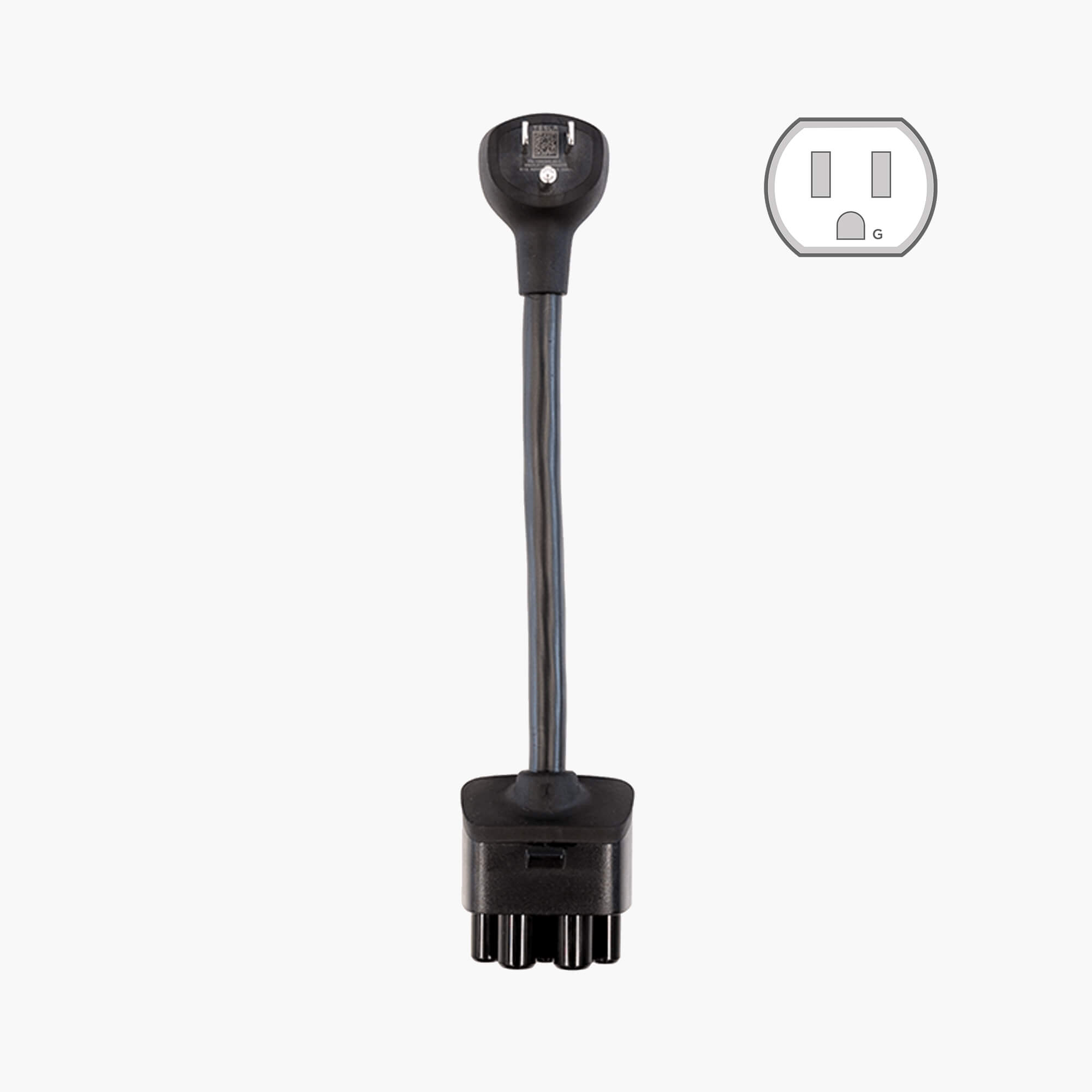ATPMSD
Active Member
Voltage under load is what counts, perhaps re-read Beatle's post. My suggestion for a trip to the RV park is to rule out issues with the mobile connector.I'll see what I can do. But as I've stated. My voltmeter reading 240 coming out of 15ft extension, as well as the 14-50 adapter, and display in car shows 237 volts



